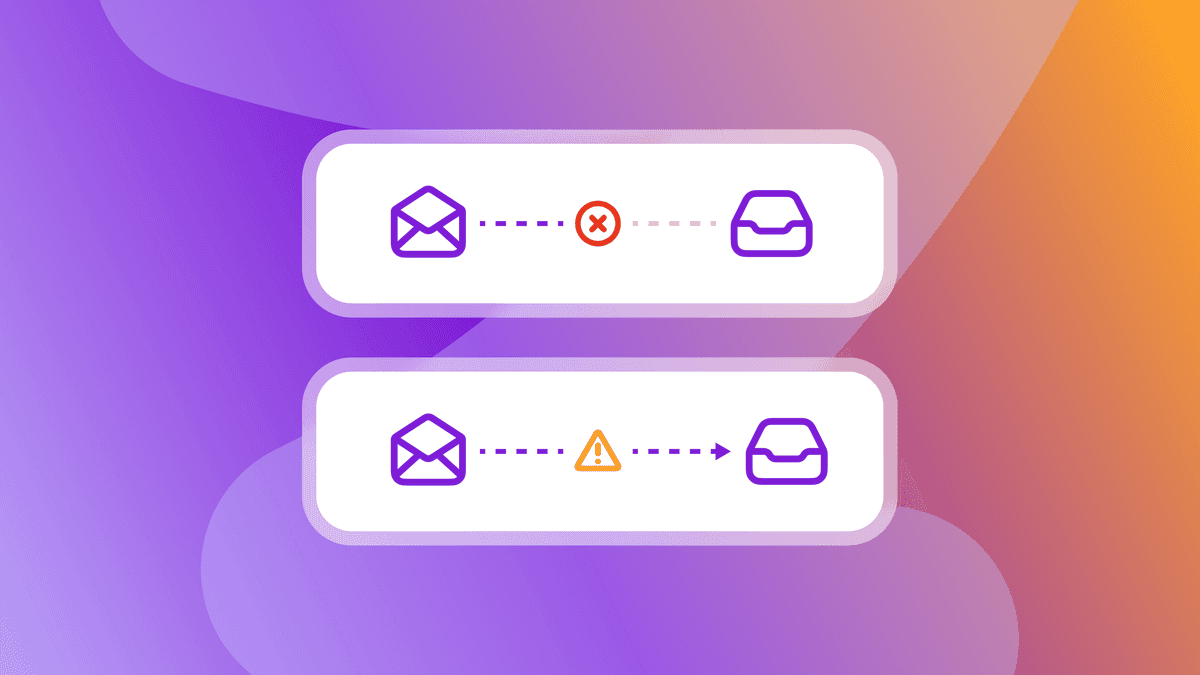Does Mobile Marketing Have a Lowest Common Denominator Problem?
Published on February 07, 2018/Last edited on February 07, 2018/4 min read


Team Braze
You probably remember the concept of the ‘lowest common denominator’ from grade school– when you were learning about fractions and you had to make your denominators match so you could add and subtract them more easily. Fast forward to adulthood, especially for you marketers out there, and you may be hearing the term in a slightly different context. It’s called lowest common denominator marketing—the idea that you can market to large user-bases based on broad commonalities like having your app downloaded on their phone or identifying as female. The lowest common denominator approach is broad and widely applicable, as opposed to a strategy that’s deeply nuanced through segmentation, personalization, and testing.
While there is a time and a place for lowest common denominator (LCD) marketing, more often than not, this method privileges generalized (read: generic) marketing content over a bespoke, highly-tailored mobile strategy. The more individualized approach tends to be far more effective, especially in the world of mobile marketing. And the best part is, it’s actually pretty simple and accessible.
Time for a change?
The appeal of lowest common denominator marketing is the idea is that the wider you cast your net, the more fish you’re likely to catch. This would be true if only the fish were not rejecting the net.
How to tell if you’re running lowest common denominator campaigns
If you experience a low rate of returning visitors, a high rate of bounced visitors, low conversions, or if your brand struggles to engage users, chances are your approach is outdated. Calculate your user retention rate to see how your campaigns stack up.
Broad feels simpler, but is it?
Creating one generalized campaign can feel much simpler than building several concurrent, nuanced campaigns, but the benefits of a more refined strategy have been proven. Message personalization, for example, even to a small degree—like including someone’s name in an email or push—can increase engagement up to 27%. And that’s just the beginning.
It’s actually really easy to punch up your strategy
Segmentation is a simple and quick way to get off the LCD train. Segmentation is all about knowing your users and separating them by certain characteristics. A decent marketing platform will allow you to do this without much hassle. From there, you can develop some ideas and put them to the test by sending different groups different marketing messages that might resonate more deeply and successfully than one generic message aimed simultaneously at the farm-raised nineteen year old college student, the retired mailman from the Bronx, and the Baltimore-based middle-aged artist with three kids.
How to leverage data to up the stakes on campaigns
You may feel you don’t have the time or resources to run a custom campaign like the one we’ve described above. Just know that marketing automation (a former luxury accessible to only the biggest brands) is now available to companies of all sizes and means. This means that even a smaller business can leverage the power of a marketing technology to segment users and gather data, and then deliver a robust, highly-targeted campaign. I The best part? With the right tools, this won’t be a big, scary investment of time and energy on your teams’ parts. The right technology will allow your teams to flex their functional excellence—from creative and copy to analytics and engineering.
Here’s your new LCD
At the end of the day, there is one lowest common denominator that we believe brands should use as their truth north—and that’s adding value to your user’s lives through your marketing. Start thinking of your user-base as an audience of human beings, rather than a sea of data points. Then, use the right tools and tactics to engage with them with offers and messages they might actually be interested in engaging with on an individual level. To put it simply: Talk human to them. Your customers and your bottom line will thank you.
Be Absolutely Engaging.™
Sign up for regular updates from Braze.
Related Content
View the Blog
May 2025 Bonfire Marketer of the Month: King’s Shelley Drogt

Emily Calderon

Hard bounce vs. soft bounce: Key differences and how to reduce email bounces

Team Braze

How iOS 18 is shaping customer engagement—and what marketers can do about it
